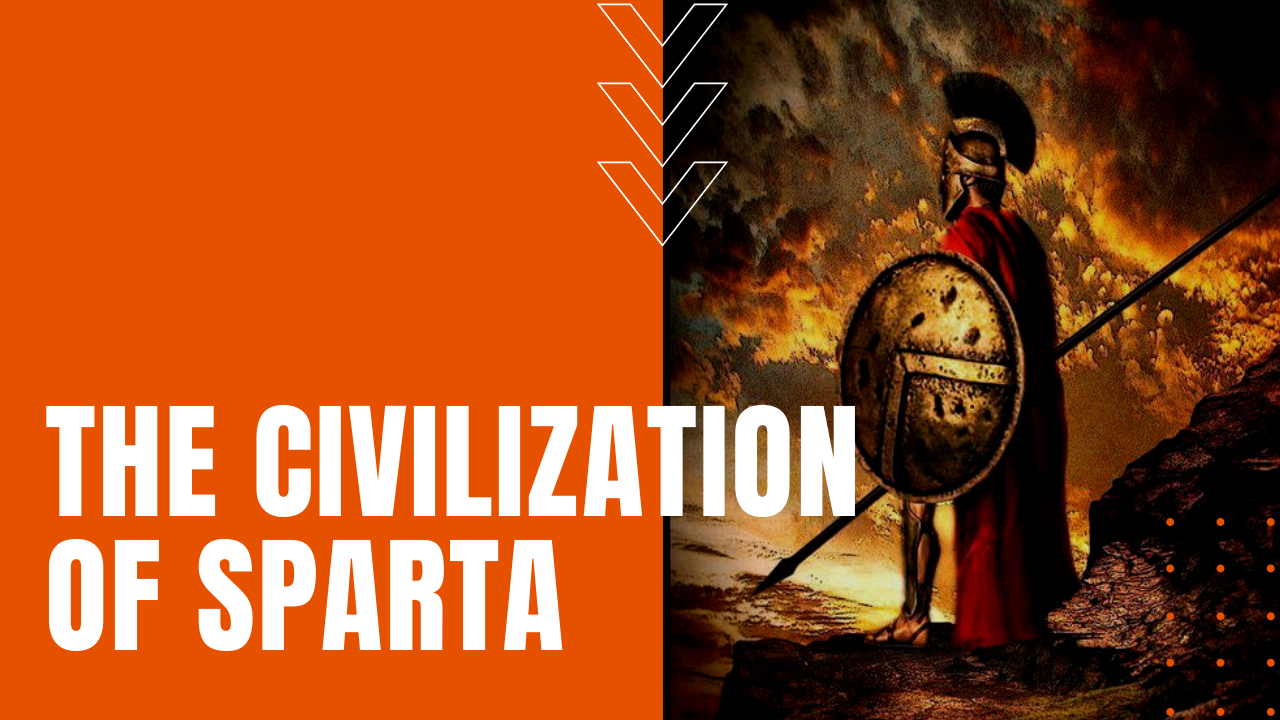The Civilization of Sparta: Agoge Training, Spartan Warriors and Women

Rising to power around 650 BCE, Sparta was a once-thriving city-state of proud warriors or Spartiates, who consisted of three main groups of citizens. Spartans were full citizen warriors, Helots were slaves, and a third class, known as Perioeci, were neither slaves nor citizens, but rather transient craftsmen or merchants.
Spartan Agoge, War, and Slavery
All healthy male Spartans participated in compulsory education known as Agoge, which taught obedience, courage, self-control and physical strength.
Helots were fellow Greeks who had been captured and enslaved during the Spartan’s near-constant warring raids against neighboring islands and city-states, making helots a necessary labor source, who tended to the day-to-day functioning of the city, including farming, domestic servitude, nursing and military support.
Given their majority status, most Helots were treated deplorably, often subjected to brutal and oppressive tactics in an effort prevent uprisings. After becoming indoctrinated in military training at the tender age of seven, Spartan boys were subjected to constant physical competitions and conditioning, often given meager rations to improve their efficiency at stealing or foraging food.
Spartan Warrior
When a Spartan male reached twenty years of age, he became a full-time soldier for the next forty years, provided he could live that long. Known for their long hair and red cloaks, Spartans or hoplites, as they were known, wore helmets, breastplates and ankle guards made of bronze. Hoplites also carried a spear and a sword, along with a shield generally made of a composite of bronze and wood.
What did Spartan Women do?
With Helots tending to all domestic responsibilities, Spartan women were perhaps the most liberated in ancient Greece. Many received formal educations while engaging in dance or athletic competitions as a way of attracting mates. Once they reached adulthood, Spartan women owned property and businesses, providing Spartiate females with some of the highest levels of equality with men anywhere in classical antiquity.
In 371 BCE, Sparta suffered a bloody defeat in the Battle of Leuctra against Thebes, followed by a Theban invasion of Spartan territory, which led to the liberation of the helots. Sparta would live on as a second-rate power in a long and steady decline, until in 1834, King Otto of Greece founded the modern-day town of Sparti atop the once most powerful city-state of the ancient Greeks.
